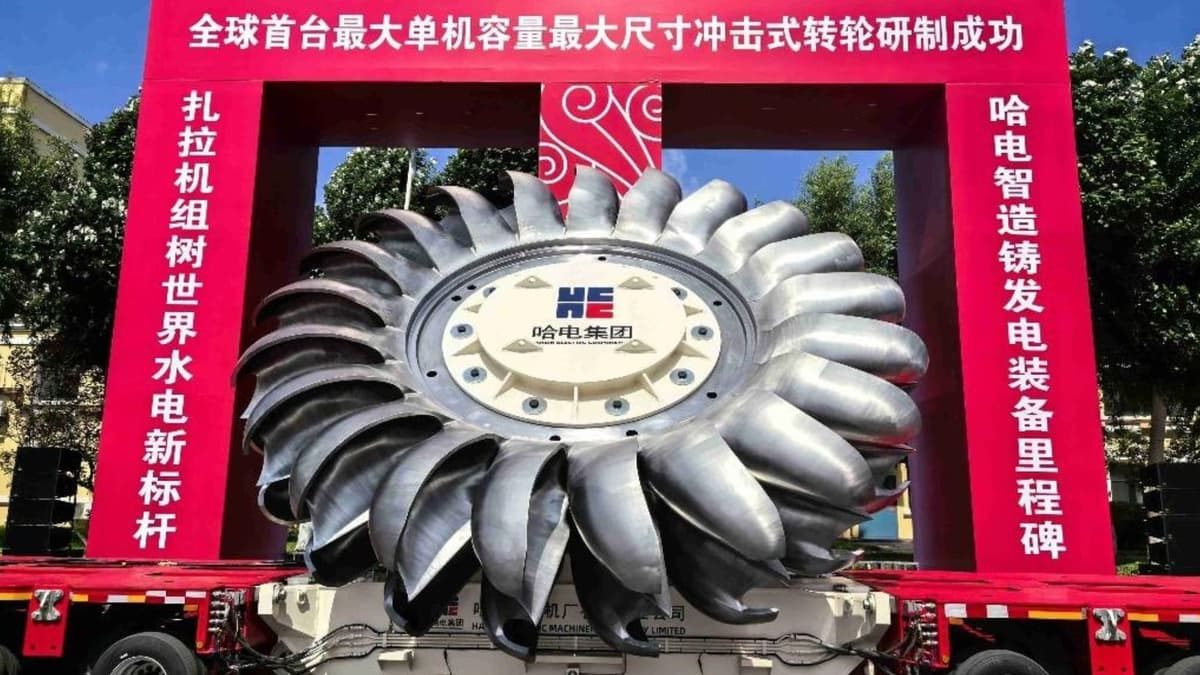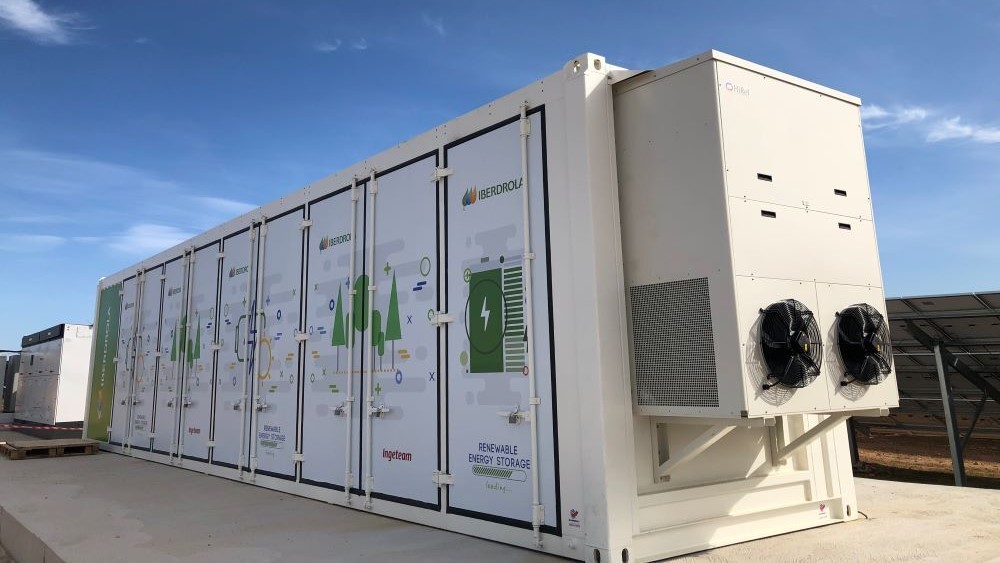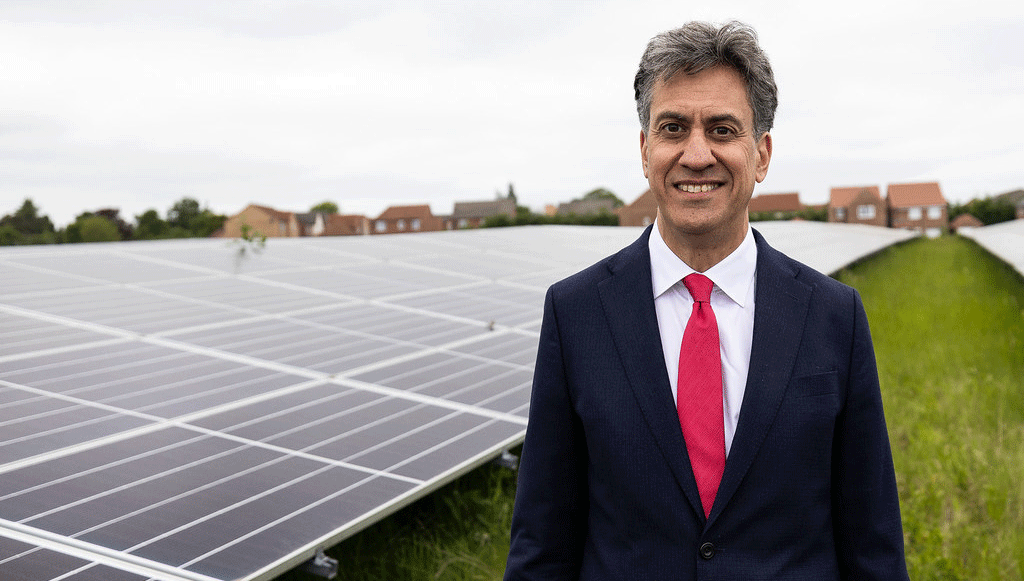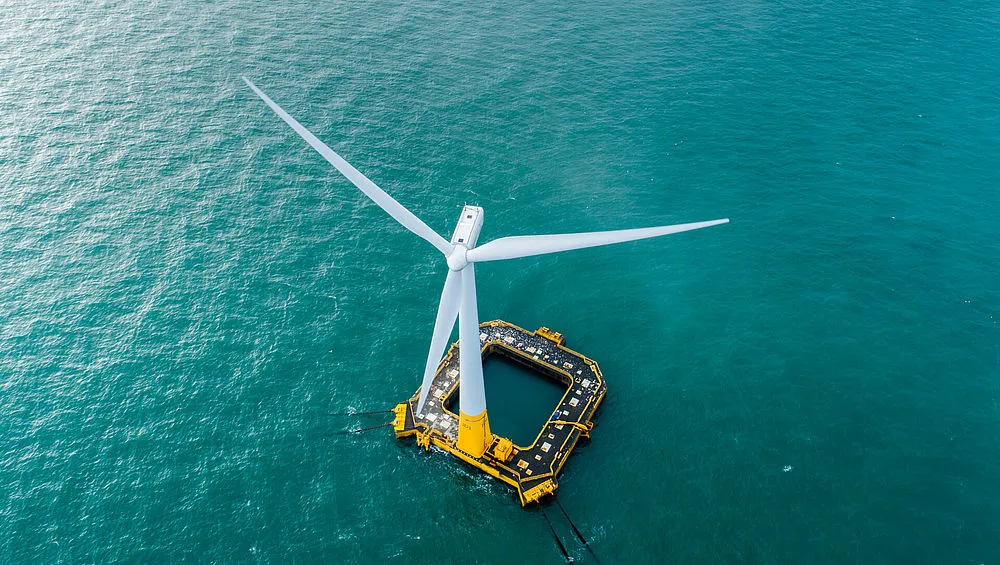China is preparing to install one of the most powerful impulse turbines ever built at the Datang Zala Hydropower Station in the Tibet Autonomous Region. The turbine, made entirely with Chinese technology, boasts a record-breaking single-unit capacity of 500 megawatts.
The turbine weighs 88 tons and has been in development for four years. It was built by Harbin Electric Machinery Company in northeast China and left the factory on Wednesday.
The station is situated on the Yuqu River, a tributary of the Nu River. This river flows through Yunnan province before crossing into eastern Myanmar and finally draining into the Andaman Sea. Another identical turbine will also be installed at the same site.
The machine was constructed from martensitic steel. This high-grade stainless steel is known for its strength, durability, and resistance to corrosion. Its structure includes 21 water ladles and spans an outer diameter of 6.23 meters (20 feet).
China’s official newspaper, Science and Technology Daily, described the turbine as the “heart” of the hydropower unit.
“The bucket-type wheel of the turbine is the core component of the unit. It plays a key role in converting the kinetic energy of the water flow into mechanical energy,” it said.
The turbine’s advanced design is optimized for efficiency. It is particularly suited to the Zala plant, which has a vertical drop—or “head”—of 671 meters (2,201 feet) between the reservoir and the turbine. This high head allows water to strike the turbine with significant force, making impulse turbines an ideal choice for the site.
“An impulse water turbine is a hydraulic machine that guides water flow through a pressure pipeline to strike a bucket-type wheel for energy conversion,” the newspaper explained.
“The wheel is one of the most critical load-bearing and flow components … During operation, the turbine constantly endures high-frequency dynamic pressure, playing a vital role in the safe and stable operation of the unit.”
Tao Xingming, Chief Technology Officer at Harbin Electric Machinery Company, said the technological upgrade would help increase efficiency significantly.
“For a 500-megawatt unit operating 24 hours a day, a 1.6 per cent increase in efficiency would mean generating an additional 190,000 kilowatt-hours of electricity each day,” Tao said.
With this improvement, the plant’s power generation efficiency will rise from 91 to 92.6 percent.
Once complete, the Datang Zala Hydropower Station will have a total installed capacity of 1 million kilowatts. China Datang Corporation, the developer behind the project, said the station is expected to produce nearly 4 billion kilowatt-hours of electricity each year.
According to the company, this output is equal to burning 1.4 million tons of standard coal annually. That also means a reduction of about 3.7 million tons of carbon dioxide emissions—a key contribution to China’s climate targets.
Construction of the main section of the station began in 2023. State news agency Xinhua reported that operations are expected to start in 2028. In April, the State-owned Assets Supervision and Administration Commission said the project remains on schedule.
This hydropower station is part of a broader effort by China to scale up renewable energy. Since 2020, Beijing has accelerated dam-building projects to help meet its goal of achieving carbon neutrality by 2060.
According to the International Hydropower Association, China added more hydropower capacity than any other country last year. The country also leads in developing pumped storage hydropower—an energy storage system that moves water between two reservoirs at different elevations.
“With more than 200 gigawatts of [pumped storage hydropower] under construction or approved, China is on track to exceed its 2030 target of 120GW, potentially reaching 130GW by the end of the decade,” the association said in a recent report.
These systems help balance energy supply and demand. When there is excess electricity on the grid, water is pumped to a higher reservoir. During peak demand, the water is released to generate power. Such projects are critical to managing renewable energy sources like solar and wind.









